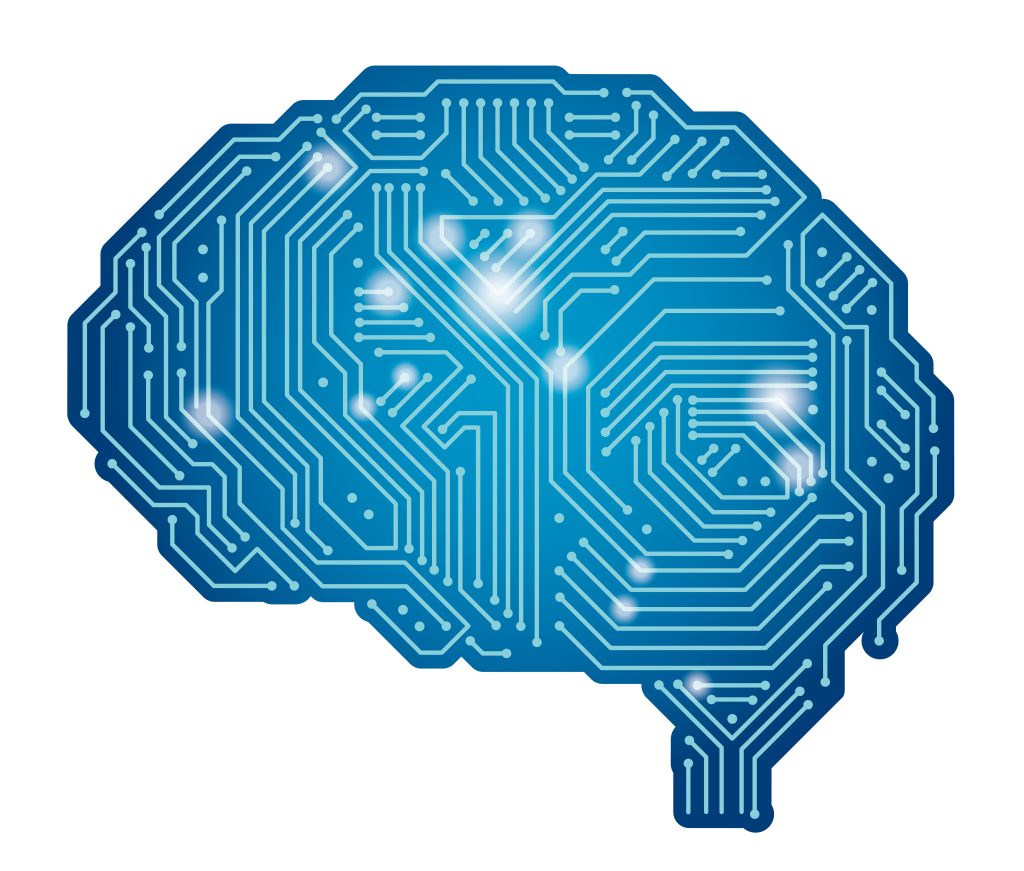
Space & defence: enhancing dual-use satellite technologies in EDF 2025
Space & defence: enhancing dual-use satellite technologies in EDF 2025 David García ArrateSettings The European Defence Fund (EDF) 2025 continues to drive innovation in space
Intellectual Property (IP) rights play a crucial role in protecting your business. They act as both a shield and a spear, boosting exclusivity, building customer trust, and attracting investments by securing a strong position in niche markets. IP rights are typically categorized into three groups: copyright, industrial property (such as trademarks, patents, and utility models), and “soft IP” (including trade secrets, know-how, and confidentiality). Owning an IP right gives you a temporary control over your creation, preventing unauthorized use or commercialization. An effective IP strategy often involves making multiple decisions rather than choosing between alternatives.
For AI-based software, data protection is paramount. To support companies, Europe is introducing the world’s first comprehensive legal framework on AI, the “AI ACT”, which came into effect on August 1, 2024. Although the AI Act does not directly address intellectual property rights, it endorses compliance with the EU Copyright Directive (Directive 790/2019) concerning database “scraping” for AI training, enhancing security measures. Currently, data mining for scientific purposes is allowed without the need for right-holder authorization, but broader extraction requires permission unless explicitly reserved by the owners. In all instances, legitimate access to the data is essential.
Copyright remains with no doubts the most common method for software in EU, protecting databases as compilations by safeguarding their organization and substantial content investment. For instance, in cases involving AI-generated datasets or worked training data, the copyright protection extends the selection or arrangement (but not the content itself). This approach aligns with the EU’s Database Directive, which grants protection for databases that demonstrate substantial investment in obtaining, verifying, or presenting data. The EU Commission has also introduced various data-related acts, including the Data Governance Act, to harmonize ownership concepts across member states. Finally, in some cases, patents for AI solution may also apply and be effective.
Software underlying AI models can be copyrighted, but raw data lacks originality for protection. Instead, collections of data can receive database rights if significant investment was made in their organization, although this excludes machine-generated data. Remarkably, copyrights last 70 years after the death of the author.
However, copyright protection is limited in its scope; it primarily focuses on the creative organization and presentation of data but fails to secure the raw input used by AI models. As a complement to these traditional protections, contractual agreements become vital. Contracts can clearly delineate data ownership, usage rights, and exploitation terms, providing companies with an added layer of protection where existing IP laws may fall short. For instance, defining the ownership of machine-generated data through agreements can mitigate potential disputes over the control and commercial exploitation of AI-derived insights.

When it comes to protecting AI innovations through patents in the EU, applicants must demonstrate that their invention contributes a novel technical solution to an existing problem. Such technical contributions can include advancements in image recognition, speech processing, or medical diagnostics—domains where AI-driven processes significantly improve efficiency or accuracy. A successful AI patent application pivots on the problem-solution approach, ensuring that the patent claims showcase technical contributions, like novel data processing techniques, advanced model architectures, or new ways to interact with hardware.
Importantly, patent claims for AI should focus on the generation and collection of data, the unique model training methodologies, and the technical applications of these models. This means moving beyond abstract concepts, which are not patentable, and ensuring a robust framework of human interaction and oversight is evident within the innovation. One challenge lies in ensuring the claims accurately reflect technical contributions without overly broad or generic descriptions, which could risk invalidation during examination or litigation. It is also essential to consider that patents remain valid for 20 years from the application date, after which they must be reassessed for continued relevance and value in a rapidly evolving technological landscape.
The evolving nature of AI challenges traditional legal frameworks globally. Issues such as AI inventorship and data ownership are at the forefront of ongoing dialogues, as new AI technologies continuously push the boundaries of existing legal concepts. For example, Europe and the US maintain that only humans can qualify as inventors, a principle protected in both regions’ legal frameworks. However, in a landmark case, South Africa accepted an AI system as an inventor, a decision that raises questions about the future direction of patent laws globally. Companies navigating this shifting landscape must develop comprehensive IP strategies that leverage multiple layers of protection. For instance, combining technical patent protection with strong database rights, confidentiality agreements, and strategic trade secret policies can offer a multifaceted defense.
In this context, establishing a strong and agile IP portfolio not only shields businesses from infringement but also serves as a powerful spear for market positioning, licensing negotiations, and competitive advantage. Be smart and brave!
The EIC Accelerator has announced a dedicated challenge for Artificial Intelligence (AI) in 2025 (IV.2.3 GenAI4EU: Creating European Champions in Generative AI), highlighting the EU’s commitment to strategic technological leadership. As AI continues to drive transformation across key sectors—including industry, healthcare, sustainability, and security—the EU prioritizes investment in high-impact, market-ready AI innovations. This initiative seeks to support deep-tech SMEs developing disruptive AI solutions, aligning with the broader EU agenda to enhance digital sovereignty, economic resilience, and global competitiveness in the AI landscape.


Space & defence: enhancing dual-use satellite technologies in EDF 2025 David García ArrateSettings The European Defence Fund (EDF) 2025 continues to drive innovation in space

Health & medical innovation: the role of defence research in civilian healthcare Mónica GarcíaSettings The European Defence Fund (EDF) 2025 determine to support groundbreaking medical

Cybersecurity & AI: Advancing Europe’s defence and digital sovereignty with EDF 2025 Patrizio RicciSettings The digital landscape is evolving at an unprecedented pace, bringing both
